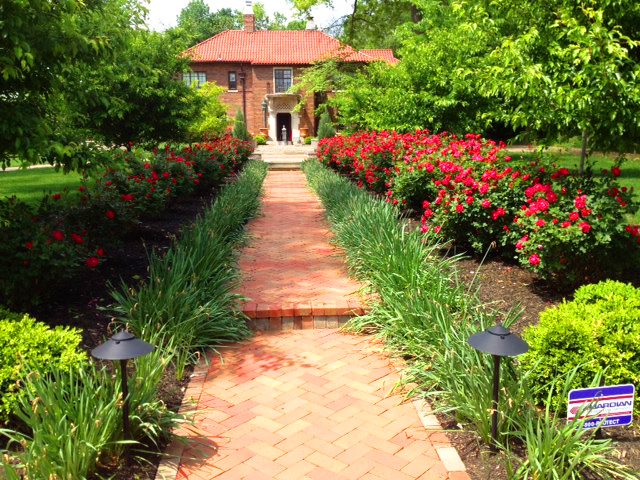It’s no longer a secret that fall is the favored time to plant most trees, shrubs and perennials. Perhaps the most compelling incentive behind fall installation is looking ahead to next summer. Recall how brutal recent summers’ intense heat and drought have been? There will likely be repeat performances, and your plants are considerably better equipped to handle those tortuous conditions when planted now instead of next spring!
WHY?
Soil conditions are very happy in the fall with cooler temperatures and more predictable moisture levels. Fresh root systems thrive in this environment and send out lots of new shoots to quickly establish themselves. That’s actually their fall habit, pushing out root growth to get established for the anticipated harsh winter conditions. In the spring and summer, energies are spent producing lush foliage, bright flowers and showy berries for birds to nibble on. Makes sense, doesn’t it? Also, there are fewer pests and diseases in the fall to attack your favorite flowering buddy.
TRANSPLANTS & SPLITTING
Fall is also the ideal time to transplant shrubs to another location where they may perform better. How’s your full-sun hydrangea looking? Mine are spent, and I plan on moving a few to a place with a little afternoon shade to minimize watering. Scorched holly with a southern or western exposure would appreciate the same favor.
Splitting perennials is a great idea, too. Are your lilies, coneflower and black-eyed Susans looking a little tired and not ambitiously re-blooming like they should? Hosta a little bloated? They probably need split. Splitting controls growth, maximizes blooming and stimulates a fresh appearance next year. Ornamental grasses send their own “time to split” signal when they develop a donut hole in the grassy middle.
Watch as spring landscape excitement gradually transfers to fall frenzy in the future.



